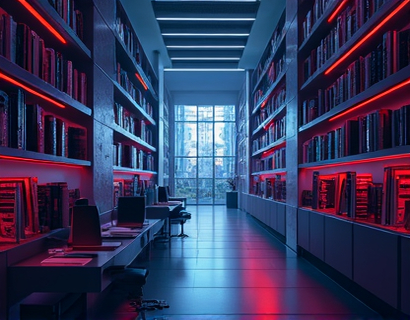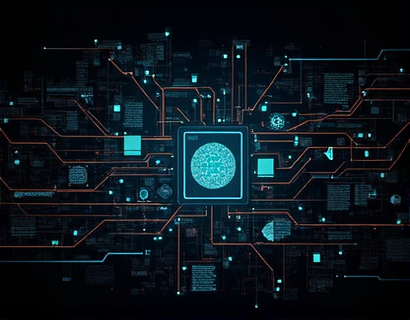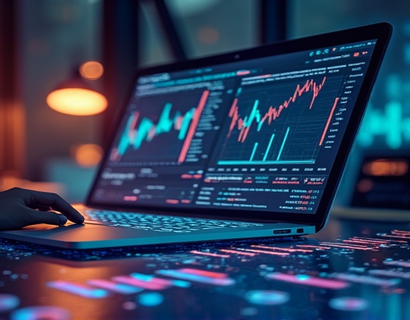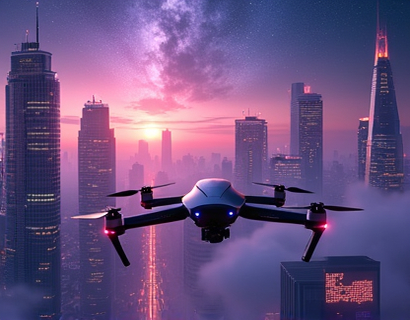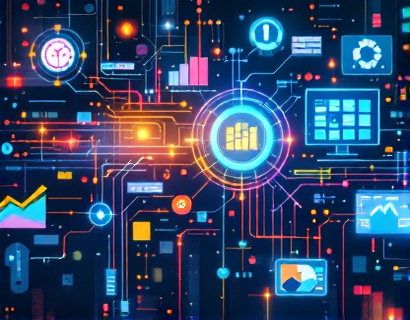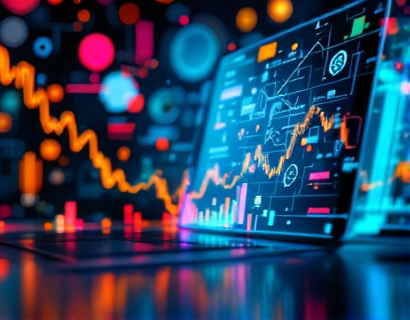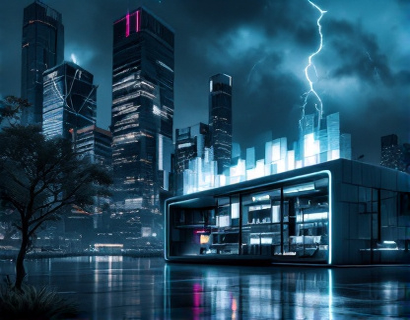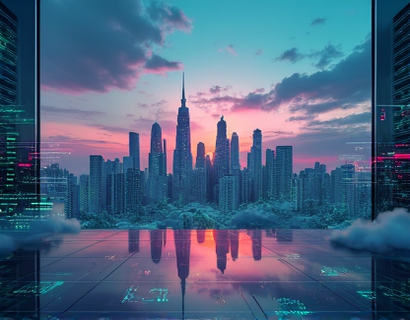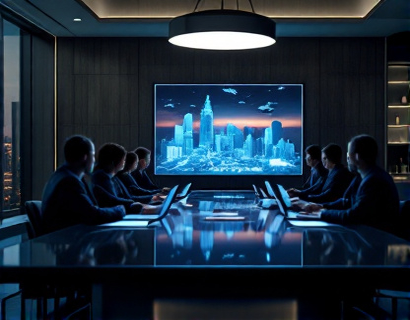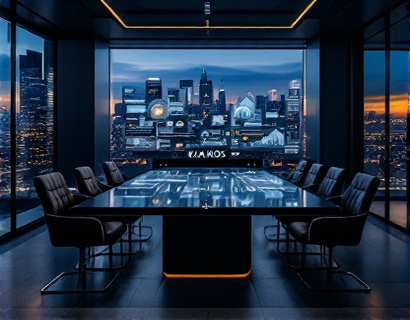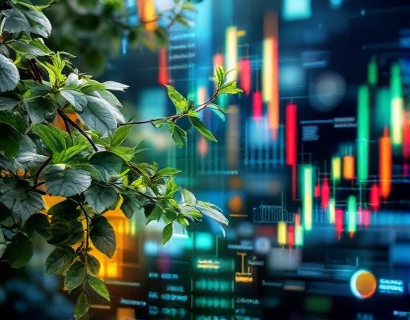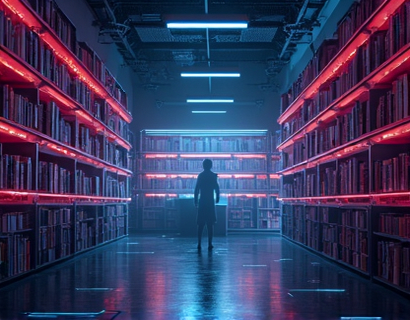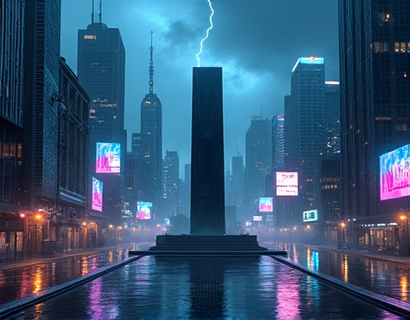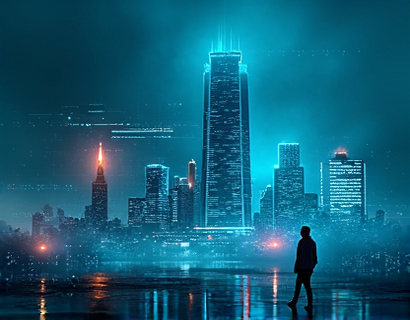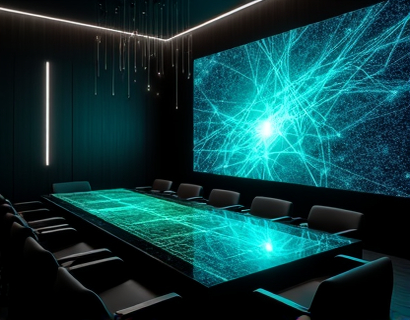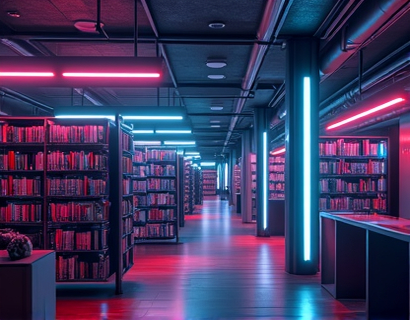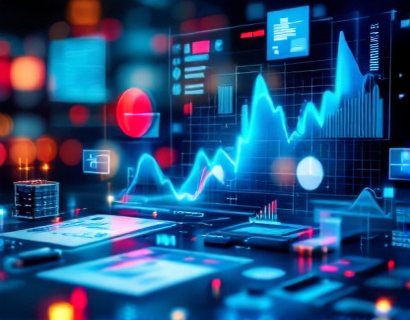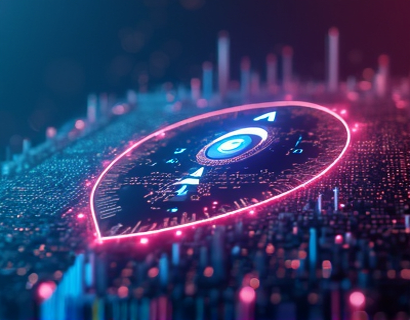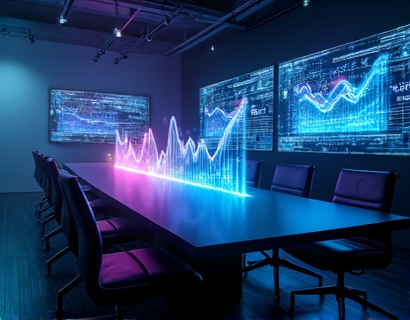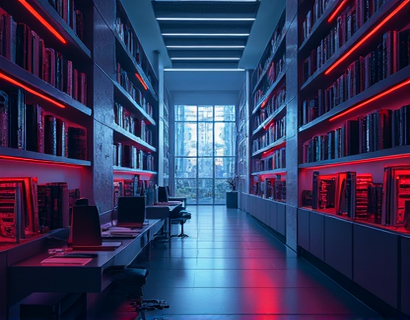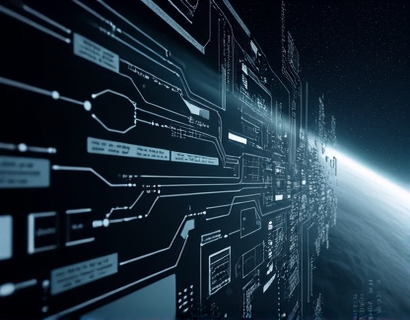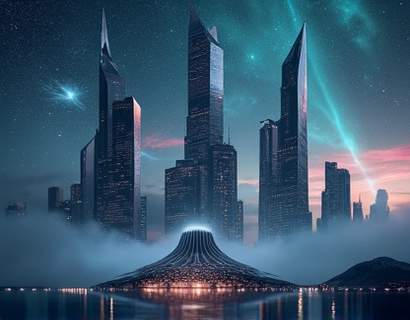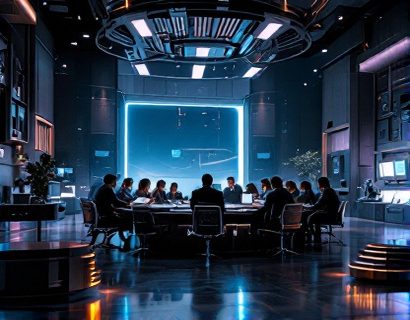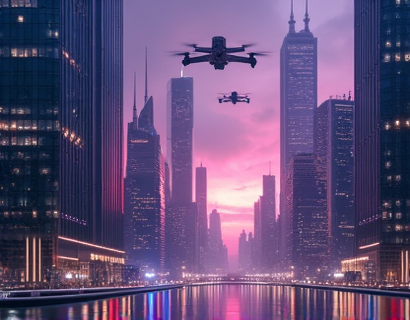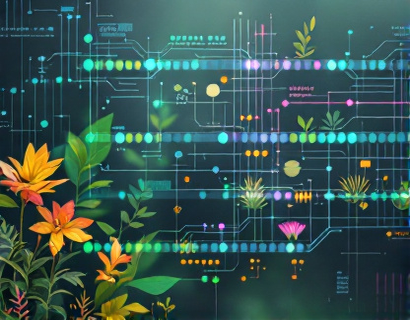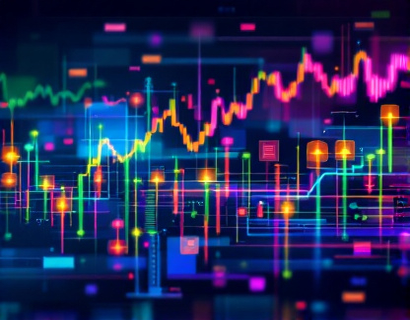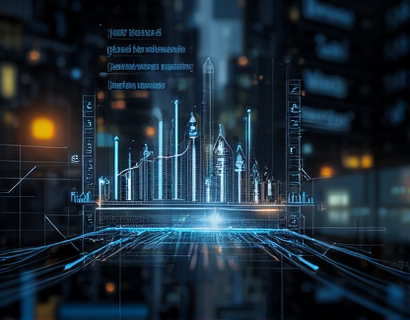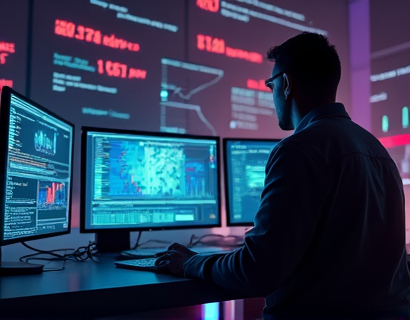Unlocking Digital Transformation: Converting Physical and Digital Assets into Enchanted Collectibles
In an era where technology and creativity converge, the concept of digital transformation has opened new avenues for enhancing the value and allure of our possessions. This article delves into the transformative process of converting physical and digital assets into captivating digital collectibles, leveraging advanced online solutions to merge innovation with artistry. By joining a community of creative visionaries, individuals can explore a world where the boundaries of digital transformation and artistic expression are continuously pushed.
The journey begins with understanding the essence of digital collectibles. Unlike traditional collectibles, digital collectibles exist in the virtual realm, offering unique properties such as scarcity, ownership verification, and interactivity. These attributes not only enhance their value but also provide a new dimension of engagement for collectors and enthusiasts. The process of transforming physical and digital assets into these enchanting collectibles involves several steps, each designed to preserve the original item's essence while infusing it with digital magic.
Step 1: Digitization of Physical Assets
The first step in this transformative journey is the digitization of physical assets. This process involves capturing the physical item through high-resolution imaging or 3D scanning. Advanced technologies such as structured light scanning and photogrammetry ensure that every detail, from the smallest texture to the largest feature, is accurately captured. The resulting digital model serves as the foundation for creating a digital collectible that faithfully represents the original asset.
For instance, a rare coin can be scanned to create a detailed 3D model, complete with intricate engravings and wear patterns. This digital representation can then be further enhanced with interactive elements, such as the ability to rotate the coin, zoom in on specific details, and even view historical information about the coin. The digitization process not only preserves the physical asset but also makes it accessible to a global audience, breaking geographical barriers and expanding the potential collector base.
Step 2: Enhancing Digital Models with Artistic Elements
Once the physical asset is digitized, the next step is to enhance the digital model with artistic elements. This is where creativity plays a crucial role. Artists and designers can add unique features, such as magical auras, glowing effects, or even animated sequences, to the digital collectible. These enhancements transform the asset into a captivating piece of digital art, elevating its value and appeal.
For example, a vintage photograph can be transformed into a digital collectible by adding a mystical glow around the edges, creating the illusion of an ancient artifact. Alternatively, a digital painting can be enhanced with interactive elements, allowing viewers to explore different layers of the artwork or even influence certain aspects of the painting through user interaction. This fusion of technology and artistry opens up endless possibilities for creative expression.
Step 3: Blockchain Integration for Ownership and Scarcity
To ensure the authenticity and uniqueness of digital collectibles, blockchain technology is employed. Blockchain provides a decentralized and immutable ledger that records the ownership and provenance of each digital collectible. This not only verifies the authenticity of the item but also establishes its scarcity, a key factor in determining its value in the collectibles market.
Each digital collectible is assigned a unique identifier, often in the form of a cryptographic hash, which is stored on the blockchain. This identifier can be accessed and verified by anyone, ensuring transparency and trust within the community. The use of blockchain also enables the creation of limited editions, where only a certain number of collectibles are issued, further enhancing their exclusivity and desirability.
Step 4: Creating an Engaging Online Experience
The final step in transforming physical and digital assets into enchanted collectibles is to create an engaging online experience for users. This involves developing a user-friendly platform that allows collectors to discover, purchase, and showcase their digital collectibles. The platform should offer features such as virtual galleries, auction houses, and social networks where collectors can connect, share, and trade their items.
Interactive features, such as augmented reality (AR) and virtual reality (VR), can be integrated to provide immersive experiences. For instance, collectors can use AR to visualize how a digital collectible would look in their physical space or use VR to explore a virtual museum featuring their favorite digital artifacts. These technologies not only enhance the user experience but also drive engagement and community building.
Benefits of Digital Collectibles
The transformation of physical and digital assets into digital collectibles offers numerous benefits. Firstly, it provides a new revenue stream for creators and owners of unique items. By digitizing and enhancing their assets, they can monetize their collections in ways that were previously impossible. This is particularly beneficial for artists, collectors, and institutions looking to diversify their income sources.
Secondly, digital collectibles foster a sense of community and collaboration. The online platforms where these collectibles are traded and showcased become hubs of creativity and innovation, where enthusiasts can share ideas, learn from each other, and collaborate on new projects. This community aspect enriches the overall experience and drives the growth of the digital collectibles market.
Lastly, digital collectibles contribute to the preservation of cultural and historical artifacts. By digitizing and enhancing these items, they are protected from physical degradation and made accessible to a global audience. This ensures that the cultural heritage is preserved for future generations while also providing new insights and perspectives through digital enhancements.
Challenges and Considerations
While the potential of digital collectibles is vast, there are several challenges and considerations to keep in mind. One of the primary concerns is the technical complexity involved in digitizing and enhancing assets. High-quality scans and detailed 3D models require specialized equipment and expertise, which can be costly and time-consuming.
Another challenge is ensuring the security and privacy of users on the online platform. With valuable digital assets being traded, robust security measures must be in place to protect against fraud, hacking, and other cyber threats. Additionally, the legal and regulatory landscape surrounding digital collectibles is still evolving, and users should stay informed about the relevant laws and guidelines in their jurisdiction.
Lastly, it is essential to maintain the balance between technological innovation and the authenticity of the original asset. While enhancements can add value and appeal, they should not overshadow the intrinsic qualities of the physical or digital item. The goal is to create a harmonious blend of the old and the new, preserving the essence of the original while introducing modern elements.
Conclusion
The transformation of physical and digital assets into enchanted collectibles represents a exciting frontier in the intersection of technology and creativity. By leveraging advanced online solutions, individuals can unlock the full potential of their possessions, turning them into captivating digital artifacts that hold value and allure in the digital age. As the community of creative visionaries continues to grow, the possibilities for innovation and expression in this space are limitless. Embracing this digital transformation not only enhances the value of our assets but also opens up new avenues for artistic exploration and community engagement.



